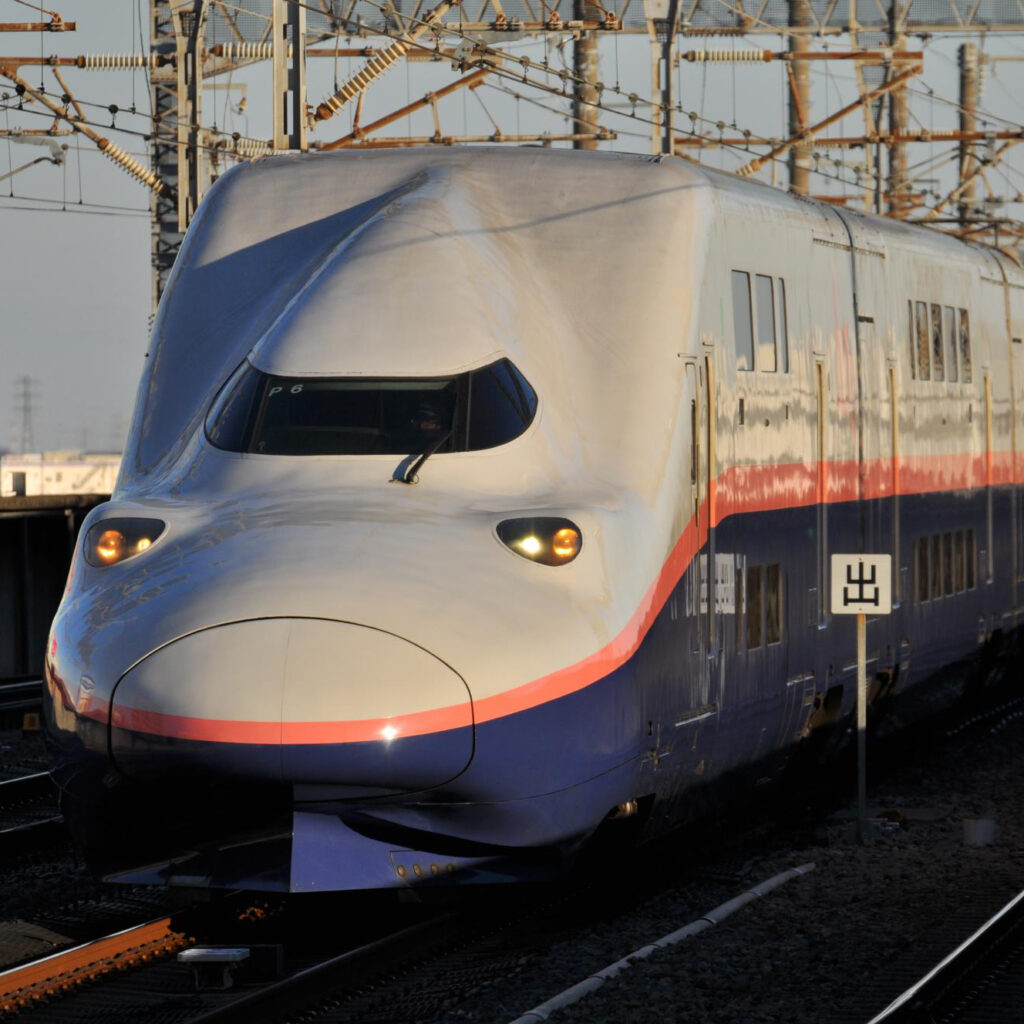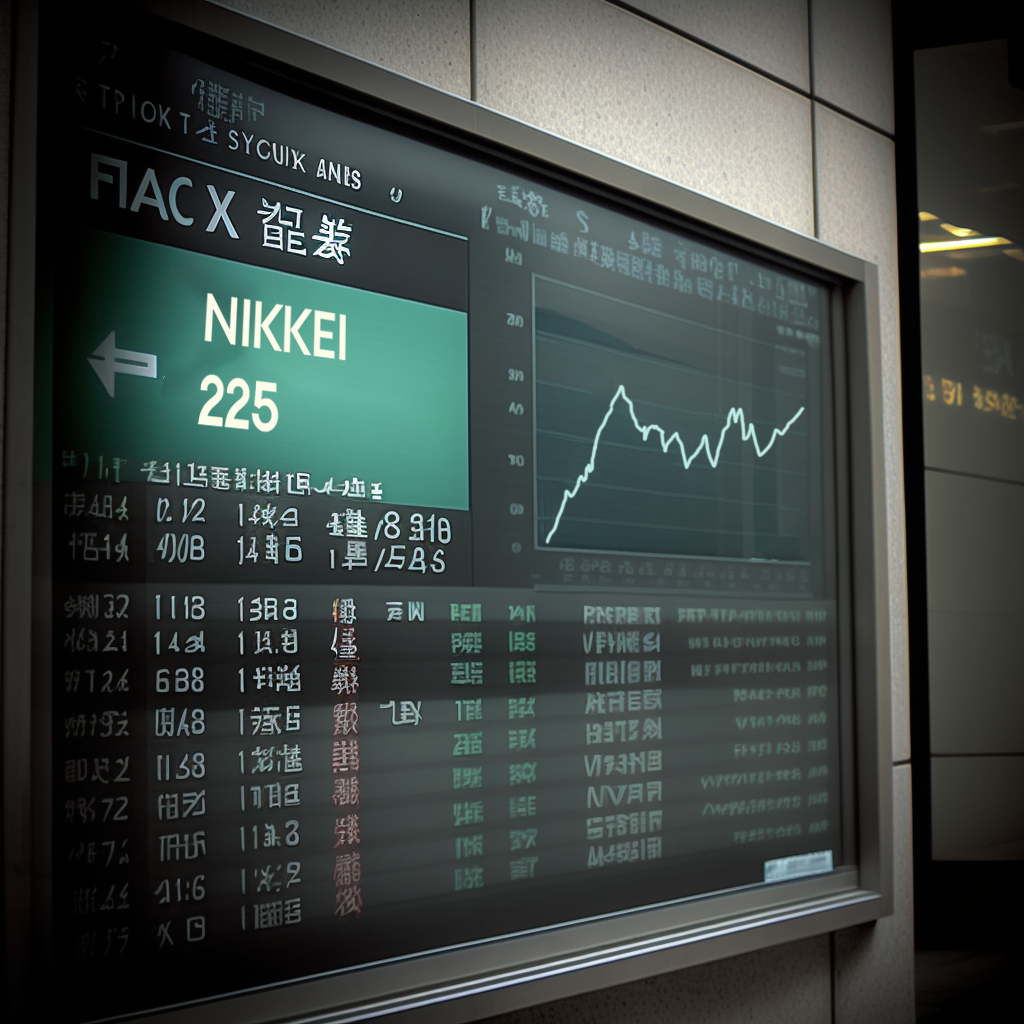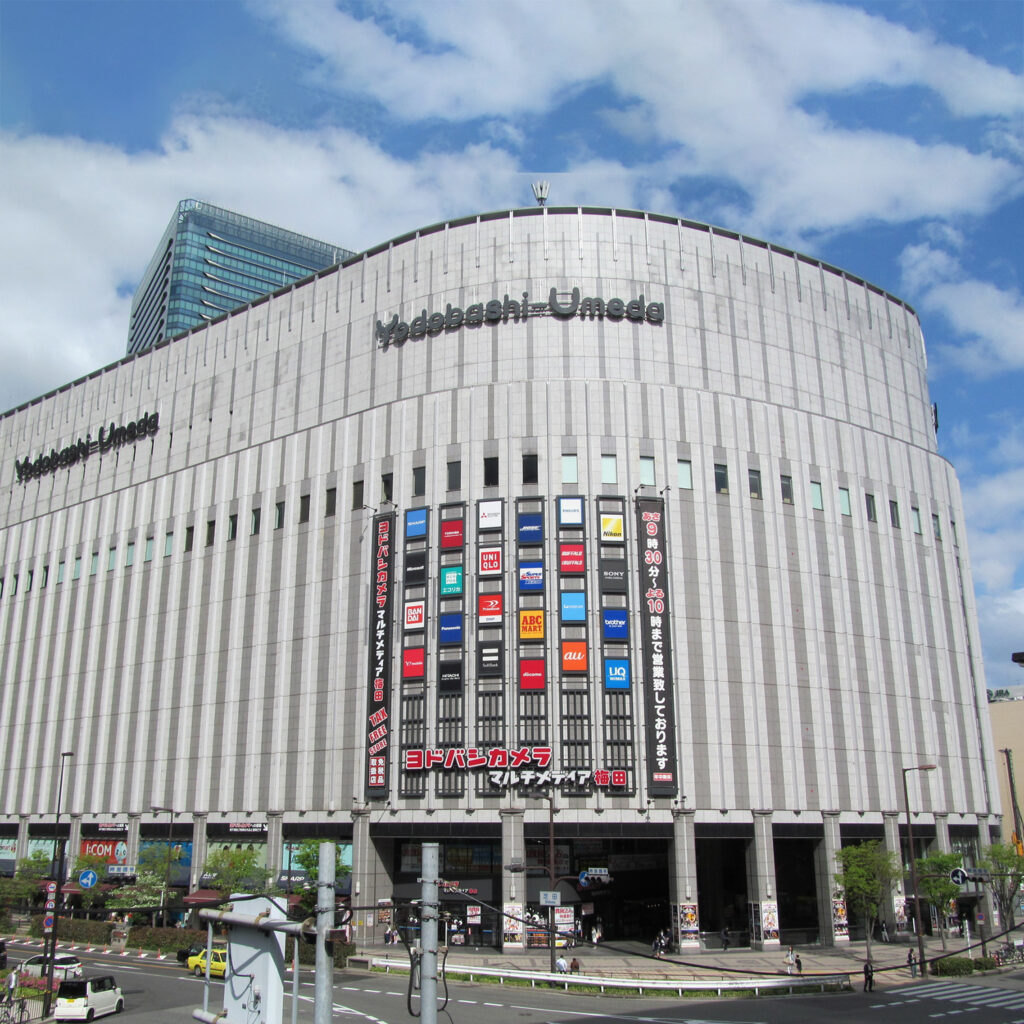The Shinkansen, commonly referred to as the “Japanese high-speed train”, is a high-speed train system that was first introduced in Japan in 1964. Since then, it has become a symbol of Japanese technology and engineering, as well as a popular and efficient means of transportation for domestic and international travelers.
History of the Shinkansen:
The Shinkansen was first developed in the 1950s to provide faster and more efficient rail transportation between major cities in Japan. The first section of the Tokyo-Osaka line was opened in 1964, in time for the Tokyo Olympic Games.
Since then, the Shinkansen network has expanded to serve most major cities in Japan, offering speeds of up to 320 km/h. It has become a popular choice for business travelers, tourists and Japanese residents, offering a fast and convenient way to get around the country.
Shinkansen Technology:
The Shinkansen uses state-of-the-art technology to provide high speeds and a smooth ride for passengers. The trains are powered by electric motors, which are powered by an electric catenary suspended above the track.
The trains are designed to be aerodynamic, with pointed noses to reduce air resistance. They also use a compressed air suspension system to minimize shocks and vibrations, providing a comfortable ride even at high speeds.
The Shinkansen tracks are also designed to provide a smooth, jolt-free travel experience. They are equipped with a sophisticated signaling system that allows trains to travel safely at high speeds and stop quickly in case of emergency.
Shinkansen safety:
Shinkansen is considered one of the safest transportation systems in the world. Since its introduction in 1964, there has never been a fatal accident involving a Shinkansen in regular service.
This is largely due to the track design, which uses a sophisticated signaling system to ensure the safety of trains and passengers. The trains are also equipped with an advanced braking system that allows drivers to quickly reduce speed in case of an emergency.
Economic and social impact of Shinkansen:
The Shinkansen has had a significant impact on the Japanese economy and society. It has made it easier and faster for people to travel around the country, which has stimulated the economy by making it easier for workers to get to their workplaces and for tourists to visit different regions of Japan.
The Shinkansen has also had a positive impact on the environment by reducing the need for air and car travel, thereby reducing greenhouse gas emissions. It has also contributed to the growth of domestic and international tourism, providing a convenient and quick way to travel between popular tourist sites in Japan.
The Shinkansen has also had an impact on Japan’s urbanization, allowing people to live in areas far from major cities while remaining close to their place of work thanks to reduced commuting times.
Finally, the Shinkansen has also been a source of national pride for Japan, symbolizing the country’s ability to innovate and develop advanced technologies.



